Jews in Eastern Europe
The part of Europe with Krakow, Warsaw and Vilnius on one side and Kijev, Odessa, Czerniowce and Lvov on the other, was the biggest Jewish population cluster in the world prior to World War II. At the end of the 18th century about 80% of the Jewish population still lived in Poland (which at that time included modern-day Poland, along with Lithuania, Byelorussia, and Western Ukraine). Before the Second World War, the 3.5 million-strong Jewish community in Poland was one of the biggest in the world, and the Warsaw commune was the second biggest, after New York. In almost every town of Galicia and Podole there was a Jewish commune. In most towns, the Jews made up at least a third of inhabitants and in many places, the Jews were a strong and sometimes absolute majority. The Jewish community was diversified but the Orthodox Jews and the Chassidim were dominant. People dressed in black coats, hats with a wide brim and white tights, belonged to the landscape of this region. Not assimilated, they created their own hermetic cultures based on rabbis or mystical interpretations of the Torah. This flourishing culture and long tradition was ended by a planned extermination during the 2nd World War. Poland became a land almost devoid of Jews, and the area of the USSR – a land of “soviet people” with Jewish origins. Now, only traces of this unique yet deceased culture remain: Kazimierz - the best-preserved Jewish quarter in Europe; Schetls – small Jewish towns lost among the hills of Carpatia, where you can find a few preserved synagogues due to their use as storehouses or garages during the war; and tomb panels in cemeteries. Traces of the crime visited on the Jewish population also remain, along with a few witnesses, and a vast genre of literature born from a tension between orthodoxy, mystical Chassidism and the wish of breaking free from a cultural ghetto. The Jewish culture and its annihilation are themes of the seminars we offer to people interested in this subject.
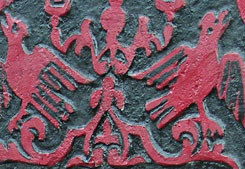
Jewish Heritage in Ukraine
Route: Kiev - Lviv - Drohobych - Chortkiv - Buchach - Chernivtsi - Khotyn - Kamianets-Podilskyi - Medzhibizh - Vinnytsia - Sharhorod - Tulchyn - Bratslav Berdichiv - Zhytomyr - Kiev - Odessa - Kiev
Duration: 12 days/11 nights
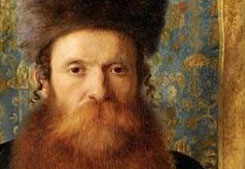
Vilnius / Wilno / Wilna – Lithuanian Jerusalem
Vilnius was also called the "Lithuanian Jerusalem". Before the Second World War, there were also about 100,000 Jews living in Latvia. During our trip, we try to look at the richness of the former world that no longer exists, as well as the history of the victims, perpetrators, collaborators and the present problems with commemorating and dealing with the Holocaust.
more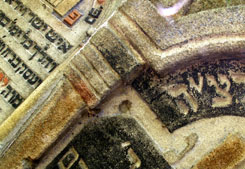
Jewish Heritage in Galicia
Visit Galicia, which once was the most important Jewish settlement area in Europe. Krakow, Lviv, the harrowing Auschwitz site as well as unique shtetls, all integral to understanding the past and current Jewish culture in Europe.
more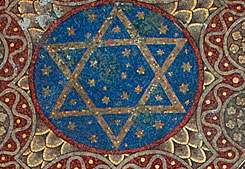
Jewish Heritage Tour in the former Austro-Hungarian Empire
The Jewish Study Tour: Vienna - Krakow - Auschwitz - Lviv - Budapest. Jewish history and culture in the former Habsburg monarchy.
Route: Vienna - Krakow - Auschwitz - Lancut - Lezajsk - Przemysl - Krasiczyn - Lviv - Drohobych - Mukacheve - Mad - Tokaj - Budapest - Sopron - Vienna
Duration: 13 days/12 nights
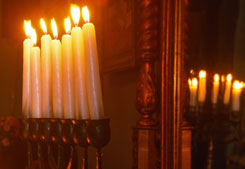
Jewish Heritage in Central Europe: Prague - Budapest - Krakow - Warsaw - Berlin
Duration: 13 days/12 nights
more























